from 0 review
No Cancellation
Unlimited
___
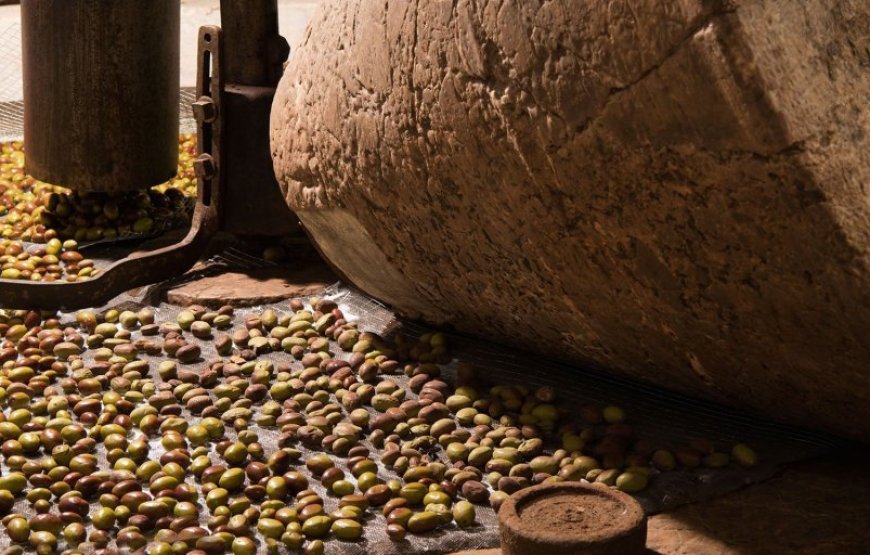
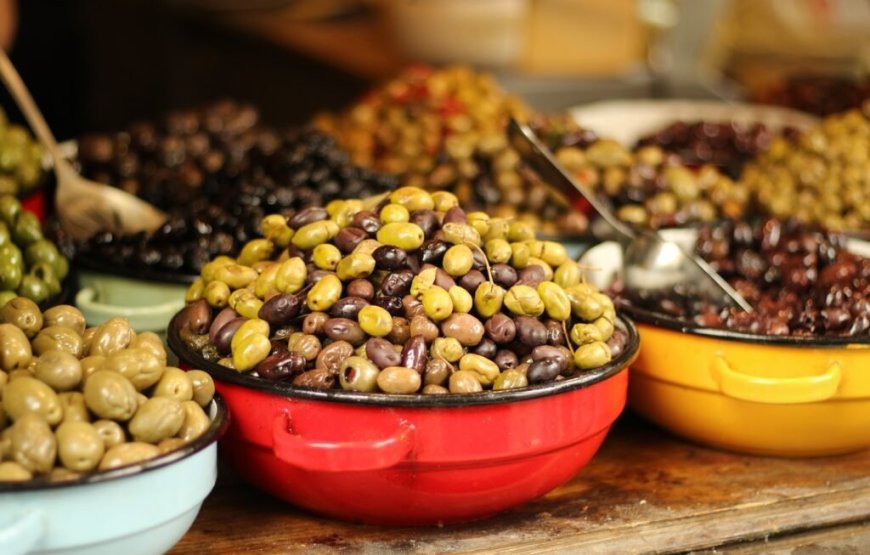

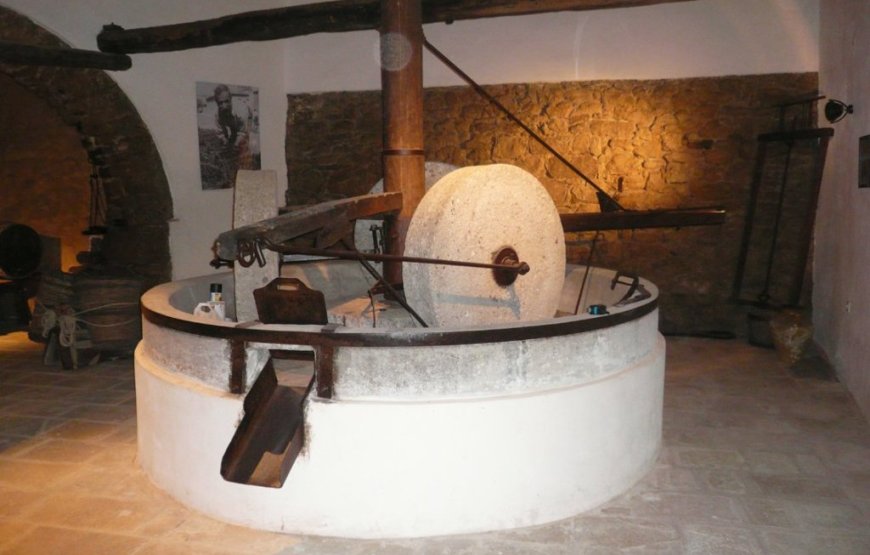
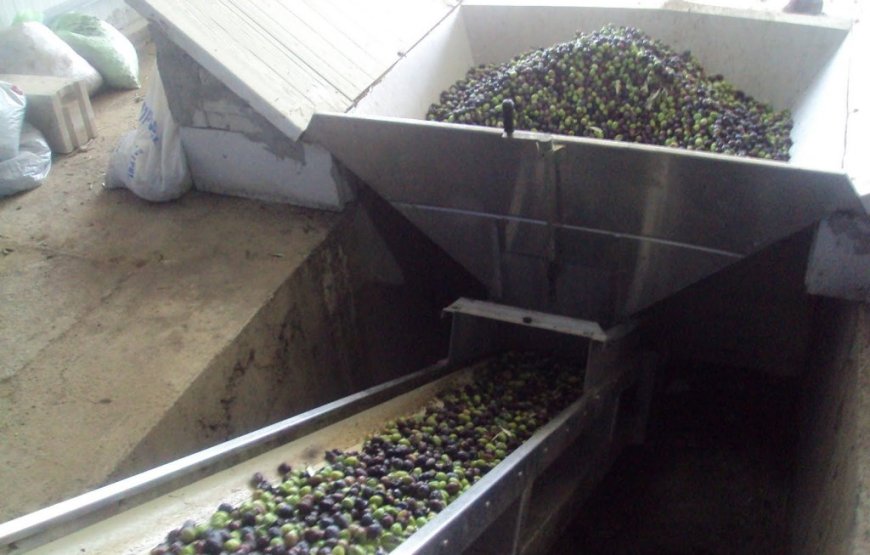
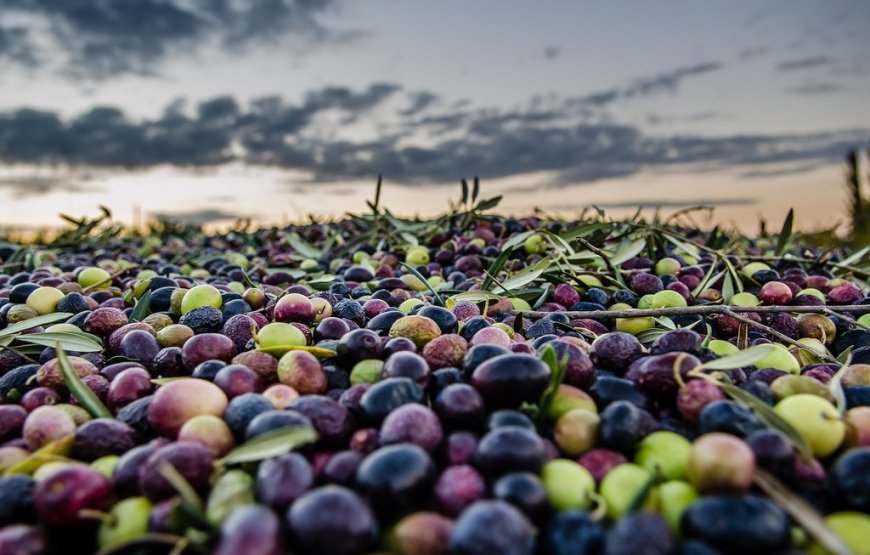
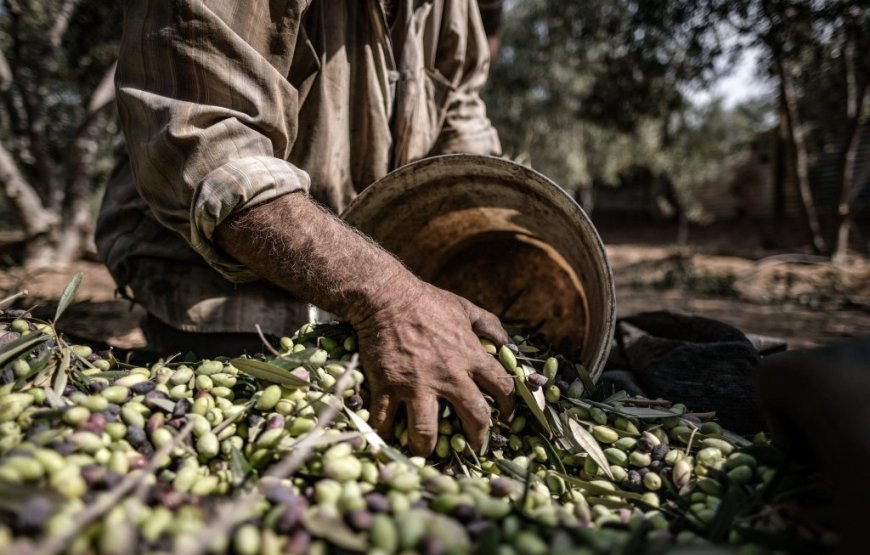
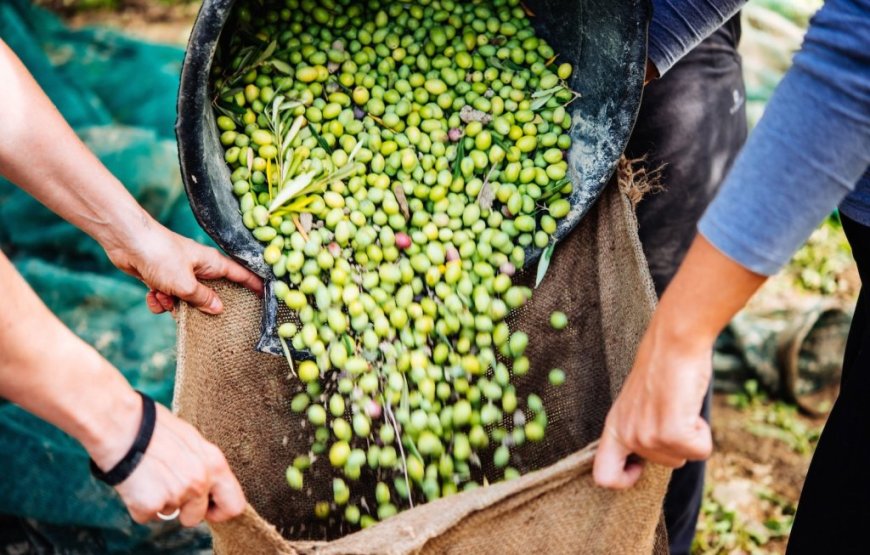
Olive oil production held a prominent position in the Minoan society and economy as is shown by excavations and findings (earthenware jars, recordings on tablets & remains of oil mills). During the Minoan Period, olives were treated and oil was produced. The olive tree was worshipped as sacred and its oil, besides being offered to the Gods it was also used in the production of perfumes, medicine and in daily life as a basic product in diet, lighting and heating.
Even today olive oil plays a dominating role, there is practically no Greek dish, which is not served with olive oil. There are approximately 11.000.000 olive trees in Crete and the trees are harvested between the months of November to January. The cultivation technique today is not very different from the one used in ancient times, shaking the olive tree branches until the olives fell into nets, lying on the ground, the nets are then gathered and the olives taken to be cleaned or to be pressed. This is a community activity and everyone participates working at their own pace and experts will guide novices through the procedure, explaining the ancient and traditional methods used by Greek country men.
Olive picking is a great choice for everyone who is reasonably fit and it’s particularly good idea if you are travelling alone or looking for a break with friends. In Greece olives are a major crop and once winter arrives people are getting busy with the harvest. If you fancy joining in there are a wide range of options available to you from volunteering to gourmet choices. You have the experience to pick olives by traditional & modern techniques and an olive oil factory tour. Harvesting traditionally was done by hand with the ripe olives combed from the tree and gathered into nets. Now much of the commercial olive harvest takes place with the olives being shaken from the trees using mechanical methods. You can spend a couple of days helping with the olive harvest; you will be shown how to pick, collect and bag the olives and also how to prune the trees.
How we pick olives?
As we already mentioned above, Olive Picking begins early in the morning, we start with spreading of nets under the trees in order to collect the crop, and then we comb or knock the olives down. For the very high trees we usually use a ladder in order to reach the higher branches. This is the traditional way of picking olives. However, mechanical pickers have in most places replaced hand combing the olives from the tree, although there are increasing degrees of mechanisation of the olive harvest. At its most low tech pickers use a long handled vibrating tongs to remove the olives from the branches. The olives are collected in nets which have to be spread underneath the trees by hand. The next step in automation relies on a shaker bar fitted to the back of a tractor.
This shakes the tree from the trunk and prior to this unfurls a net around the base of the tree to collect the olives.After olives picking, in the old days the olives were transported to the mill with animals and stored in a small room. Then the olives are tossed on the threshing floor, a large circular part, in which two rotating stones pressed olives. In the mill stones rotated manually or by using an animal and later mechanically. When finished, the mash, blend, fell from the threshing floor in a reservoir by a small exit. With buckets of pulp is transported in large bags of hair or cloths (boxing) that are stacked one above the other in the press. At the top of the press placed a thick sheet metal and fastened to the crank, exerted pressure to squeeze the pulp, while another poured over hot water. The juice of the olive drop into a trough, where the bottom left water and surface oil. The separation was done by hand, with the help of a spoon. In modern times mills the separation is not by pressure but by centrifugation for greater speed and clarity, as are other procedures now done mechanically.
Life in Greece undoubtedly seems like the good life. You probably have wonderful memories of your holidays here: long, lazy days, eternal sunshine, outdoor living and time to be. And of course it’s these experiences and memories that make you long for a place of your own here, whether to live here a great part of the year or even permanently. One of the main attractions to the Mediterranean life style is time. And a more simple life, where you work less, have less stress, run less, have less obligations and more time to be with family, friends and – not to forget – your self.. Have you paid attention to how there’s always a chair or two in the local shops in Greece? It’s so that the customer can sit down and wait for his turn or sit down and have a chat with the shop owner while he or she is working. There’s no fast service here – and that’s part of the good life image.
There is a contrast between town and village life. Many villages still retain the “old” way of life – men in the cafeneons, sipping Greek coffee and raki while women gather outside their homes, crocheting and gossiping together. These are mostly older people, the younger generations having moved out of the villages to the more “sophisticated” town life.
Visitors are drawn every year to the many attractions of Greece. Combine this with the wonderful weather, high average temperature in Greece, very low crime rate, friendly and welcoming Greeks and wonderful scenery it comes as no surprise that this country is listed in the top destinations for most foreign homebuyers.
Leave a Reply